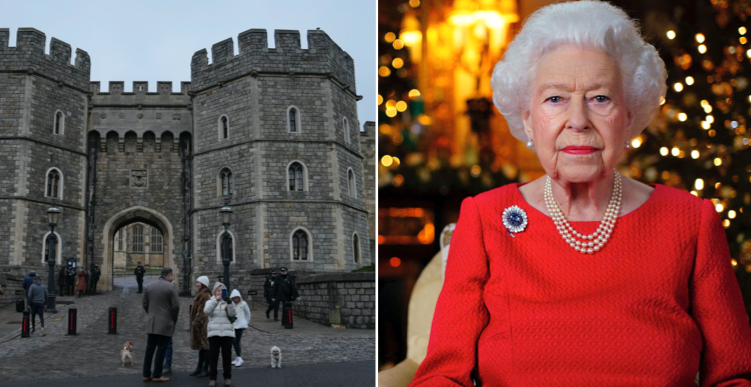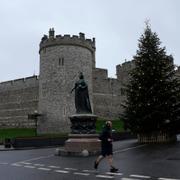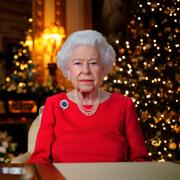
Maskerad man i video ville ”hämnas” på drottningen
Polisen i Storbritannien utreder en video med misstänkt koppling till gripandet av en beväpnad tonåring vid Windsor Castle i helgen, där drottning Elizabeth II firade jul.
Filmklippet som tabloiden The Sun publicerar visar en maskerad person som håller ett armborst och uppger sig ha planer på att ”försöka mörda” drottningen i en ”hämndaktion”. Personen refererar också till Amritsarmassakern i Indien 1919 när brittiska soldater dödade fredliga demonstranter.
Polisen har inte bekräftat om personen i videon är identisk med den man i 19-årsåldern som greps på juldagen.
bakgrund
Amritsarmassakern
Wikipedia (en)
The Jallianwala Bagh massacre, also known as the Amritsar massacre, took place on 13 April 1919. A large peaceful crowd had gathered at the Jallianwala Bagh in Amritsar, Punjab to protest against the arrest of pro-Indian independence leaders Dr. Saifuddin Kitchlew and Dr. Satya Pal. In response to the public gathering, the British Brigadier-General R. E. H. Dyer surrounded the Bagh with his soldiers. The Jallianwala Bagh could only be exited on one side, as its other three sides were enclosed by buildings. After blocking the exit with his troops, he ordered them to shoot at the crowd, continuing to fire even as the protestors tried to flee. The troops kept on firing until their ammunition was exhausted. Estimates of those killed vary between 379 and 1500+ people and over 1,200 other people were injured of whom 192 were seriously injured.Responses polarized both the British and Indian peoples. Eminent author Rudyard Kipling declared at the time that Dyer "did his duty as he saw it". This incident shocked Rabindranath Tagore, an Indian polymath and the first Asian Nobel laureate, to such an extent that he renounced his knighthood.
The massacre caused a re-evaluation by the British Army of its military role against civilians to "minimal force whenever possible", although later British actions during the Mau Mau insurgencies in Kenya have led historian Huw Bennett to note that the new policy was not always carried out. The army was retrained and developed less violent tactics for crowd control.The level of casual brutality, and lack of any accountability, stunned the entire nation, resulting in a wrenching loss of faith of the general Indian public in the intentions of the United Kingdom. The ineffective inquiry, together with the initial accolades for Dyer, fuelled great widespread anger against the British among the Indian populace, leading to the non-cooperation movement of 1920–22. Some historians consider the episode a decisive step towards the end of British rule in India.Britain has never formally apologised for the massacre but expressed "deep regret" in 2019.
Läs tidigare (25 december)
Omni är politiskt obundna och oberoende. Vi strävar efter att ge fler perspektiv på nyheterna. Har du frågor eller synpunkter kring vår rapportering? Kontakta redaktionen

